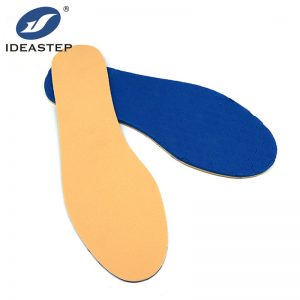
Diabetic insoles, also known as diabetic shoe inserts or orthotics, are primarily designed for individuals who have diabetes. People with diabetes often experience foot problems due to poor blood circulation and nerve damage, known as peripheral neuropathy. These issues can lead to complications such as ulcers, infections, and even amputation.
Diabetic insoles are specifically created to provide cushioning, support, and pressure redistribution for the feet. They can help reduce excessive pressure points, prevent friction and rubbing, and offer shock absorption. These insoles are generally recommended for individuals with diabetes who have:
1. Neuropathy: Diabetic neuropathy affects the nerves in the feet and can cause loss of sensation or altered sensation. This may lead to a lack of awareness of injuries, increasing the risk of foot complications.
2. Reduced circulation: Diabetes can lead to poor blood circulation, which impairs wound healing. Properly fitted insoles can enhance blood flow and promote healing.
3. Foot deformities: Some people with diabetes develop foot deformities like hammer toes, bunions, or Charcot foot. Diabetic insoles can provide support and alleviate pressure on these vulnerable areas.
4. History of foot ulcers or calluses: Individuals who have had previous foot ulcers or calluses are at a higher risk of developing new ones. Diabetic insoles can help distribute pressure evenly and reduce the recurrence of ulcers or calluses.
It’s important to note that each person’s situation is unique, and it’s always best to consult with a healthcare professional, such as a podiatrist or diabetologist, who can evaluate your specific needs and recommend the most appropriate treatment options, including diabetic insoles.
Related product links: https://www.aideastep.com/product/postoperative-orthotic-insole-with-removal-pegs-insoles-for-diabetics/
